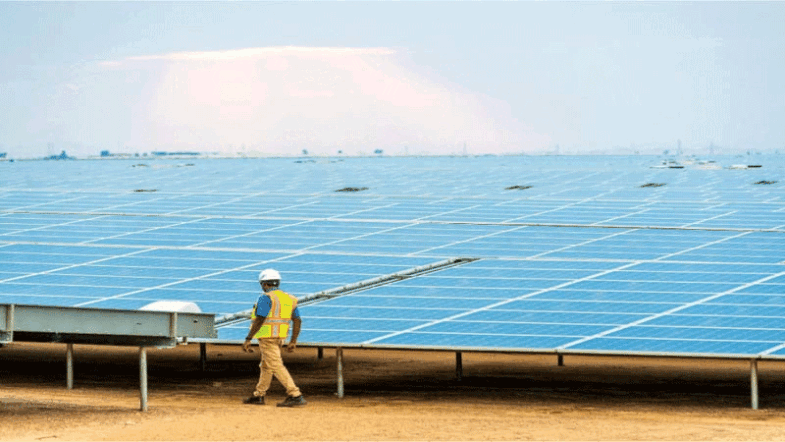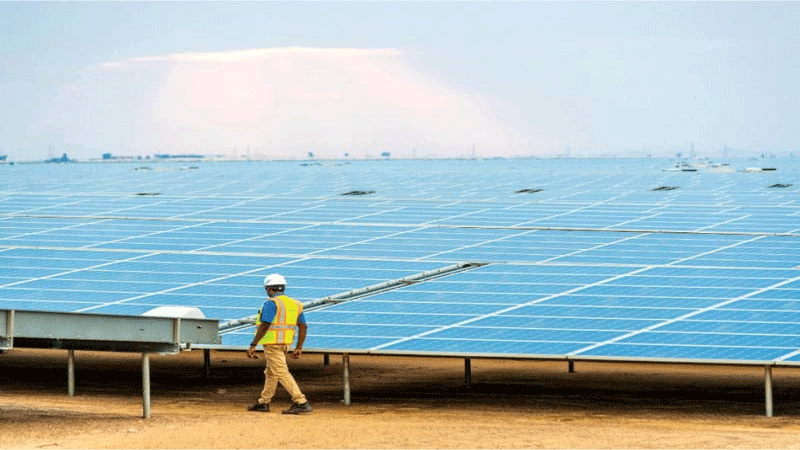According to the IEA, between 2017 and 2022, demand for minerals like lithium, cobalt, nickel, and copper, which are essential for the transition to clean energy, doubled.

The International Energy Agency (IEA) reports that despite the market for the essential minerals for the switch to clean energy transition to $320 billion last year, there are still a number of challenges, such as unstable prices, supply chain bottlenecks, and geopolitical tensions.
According to the IEA, between 2017 and 2022, demand for minerals like lithium, cobalt, nickel, and copper, which are essential for the transition to clean energy, doubled. This growth was sparked by the unprecedented uptake of clean technologies like solar panels and electric vehicle batteries.
The performance, longevity, and energy density of batteries depend on the presence of lithium, nickel, and cobalt. All technologies involving electricity are built on copper.
In comparison to their counterparts powered by fossil fuels, solar power plants, wind farms, and electric vehicles require more minerals to be built. Therefore, the need for these minerals has significantly increased as a result of the transition to a clean energy system.
The Paris-based organisation stated in its inaugural IEA Critical Minerals Market Review that “rapid growth in demand is providing new opportunities for the industry.”
But it continued, “A potent mix of risks for secure and swift energy transitions has been created by a combination of volatile price movements, supply chain bottlenecks, and geopolitical concerns.”
The availability of essential mineral supplies will determine the “affordability and speed of energy transitions,” according to the IEA, which provides energy policy advice to developed countries.
Prices increased in 2021 and early 2022 as a result of supply chain bottlenecks brought on by the COVID-19 pandemic and significant market disruptions brought on by Russia’s invasion of Ukraine.
The majority of prices then began to equalise in the second half of 2022 and into 2023, but they are still significantly higher than average, according to the IEA.
According to the report, 2023 may be a turning point for the cost of clean energy technology.
The rate of innovation and the stability of the mineral markets, which experienced significant volatility in 2022 following two years of supply chain disruptions brought on by the pandemic and the onset of global geopolitical uncertainty, will determine whether and when they resume a downward trajectory.
